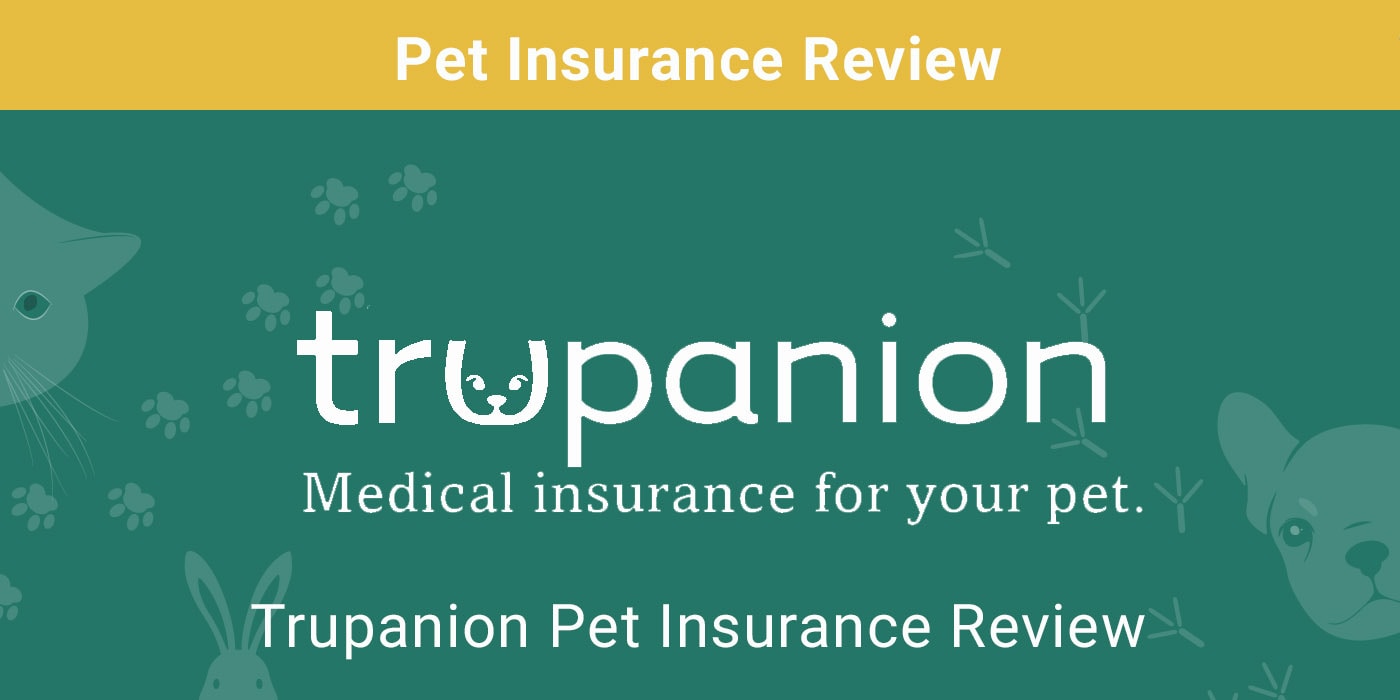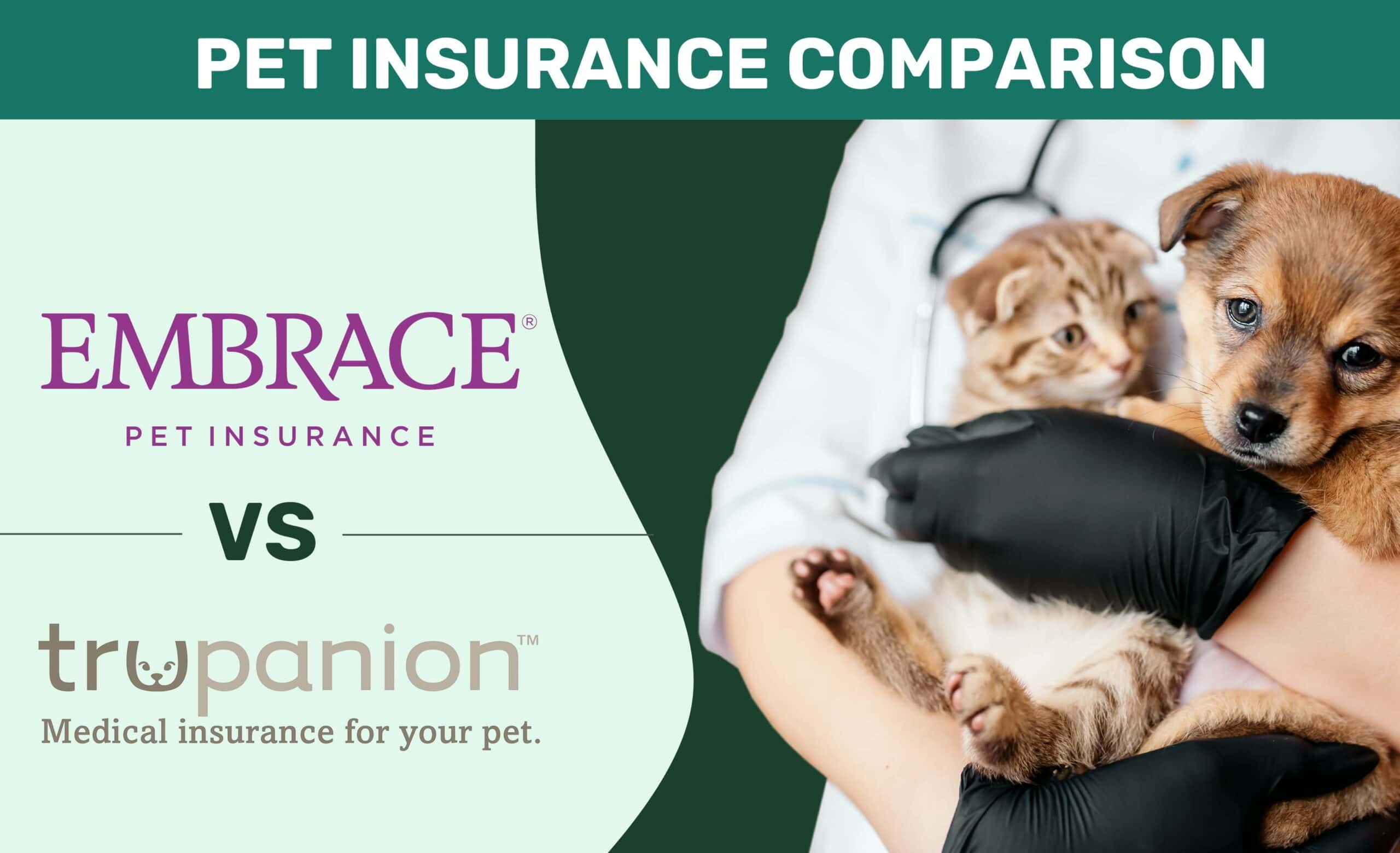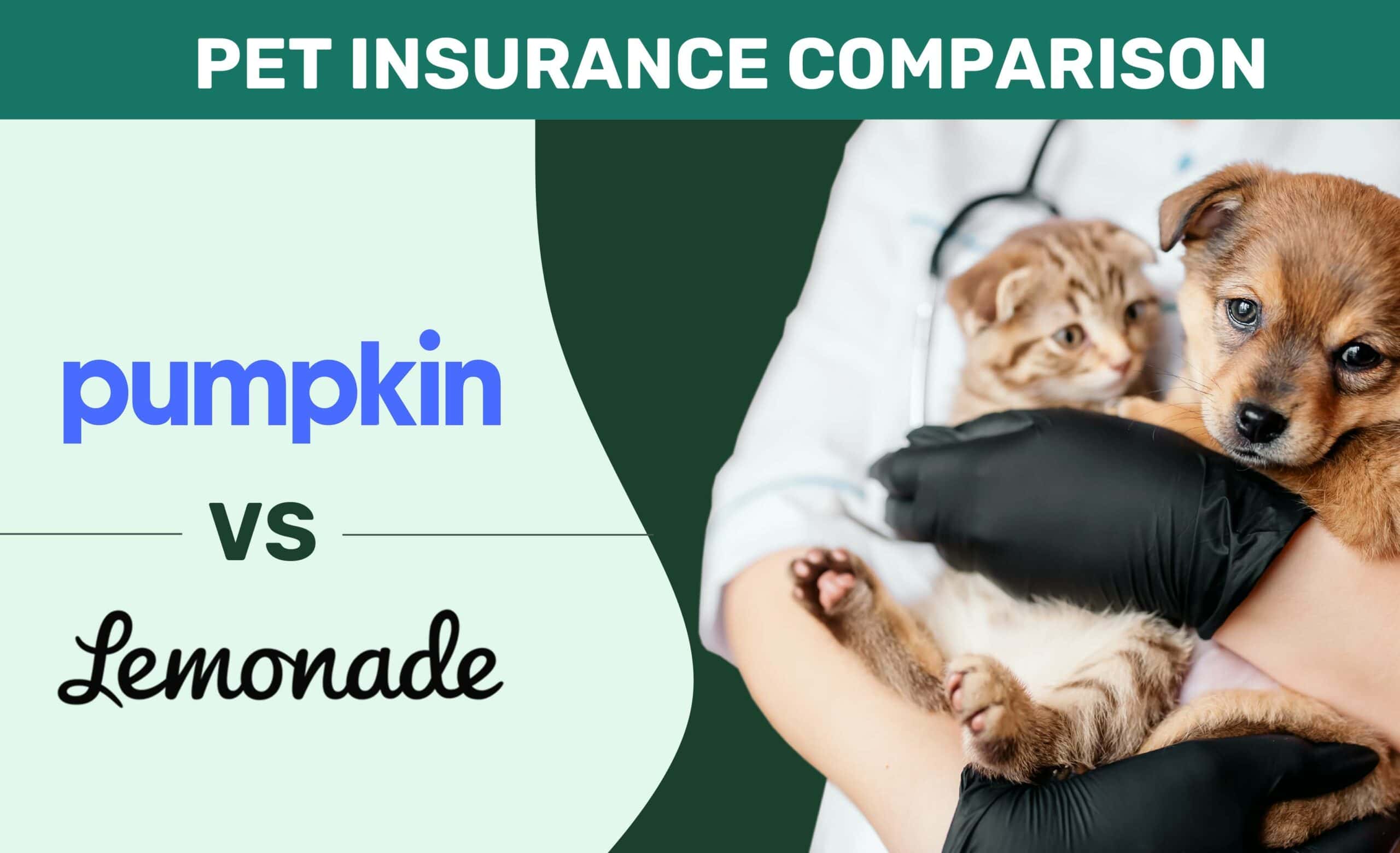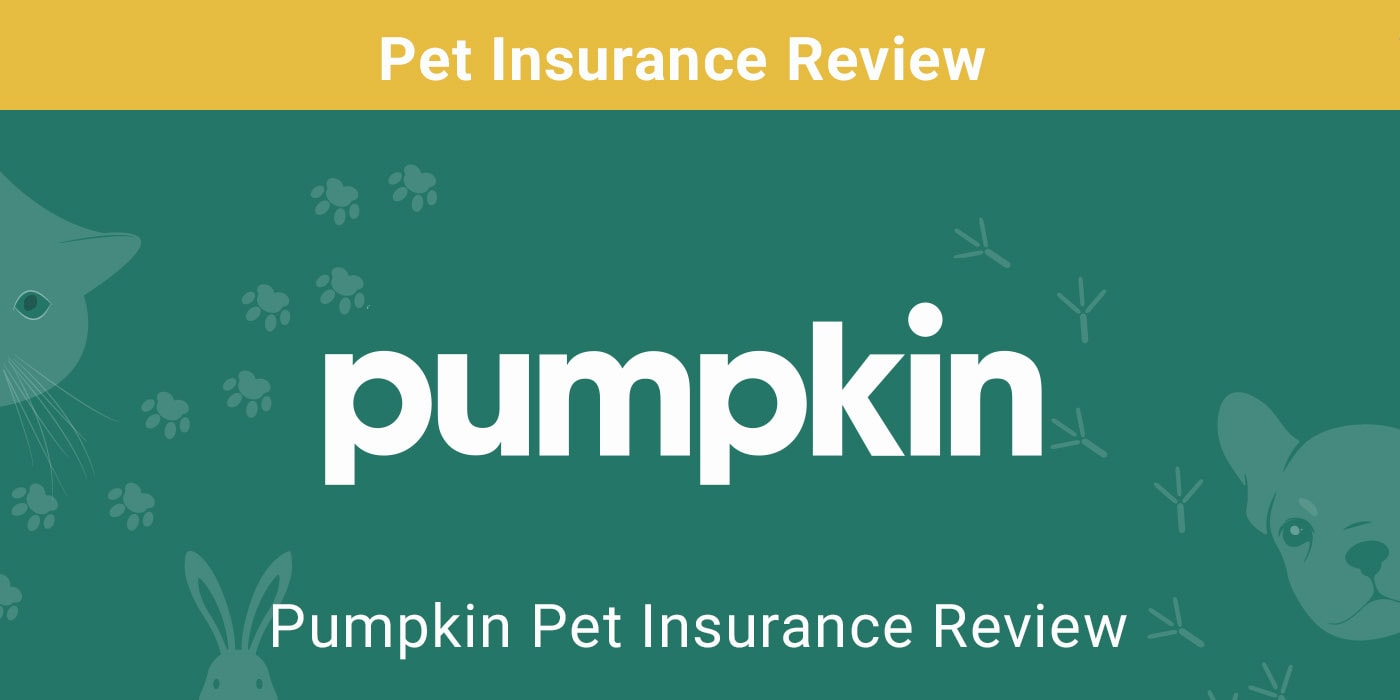
Your pet’s health is paramount, and while you may do your best to protect them, unexpected illnesses and congenital disorders can arise. But since vet visits and medical procedures are expensive, insurance coverage is designed to offset some of these costs while offering financial protection and peace of mind.
Each year, pet insurance policyholders make thousands of claims due to myriad reasons, although some reasons appear more than others. Premiums are generally inexpensive, and for as little as $15 each month, many policies will pay out up to $500 per incident.
While looking at how pet parents use their policies and how much it saves them, let’s examine the most common pet insurance claims.
The 8 Most Common Pet Insurance Claims
1. Skin Problems
Skin disorders in pets are more common than you may think, and the odds are that your pet will end up with at least one of these conditions during their life. However, with the correct vet care, these are treatable, although some can prove chronic and lead to several vet clinic visits.
Causes of skin problems in pets include food and regular season pollen allergies, which can become a recurring issue that requires yearly preventative care or treatment. Atopic dermatitis is caused by hypersensitivity to indoor or outdoor allergens like dust mites, grass, mold spores, and trees, which see your pet licking and scratching constantly.
For furry pets like cats and dogs, their ears and feet are the most susceptible and they’ll present with scabbing and discharge. Hot spots are caused by various skin irritants, and these problems get exacerbated if your pet scratches or bites the itchy sores and scabs.
Not only do skin issues cause a lot of discomfort and pain for your pet, but they can lead to additional complications if not attended to immediately. On average, the medical cost of treating skin problems is less than $1,000, but chronic conditions require multiple vet visits and higher treatment bills.
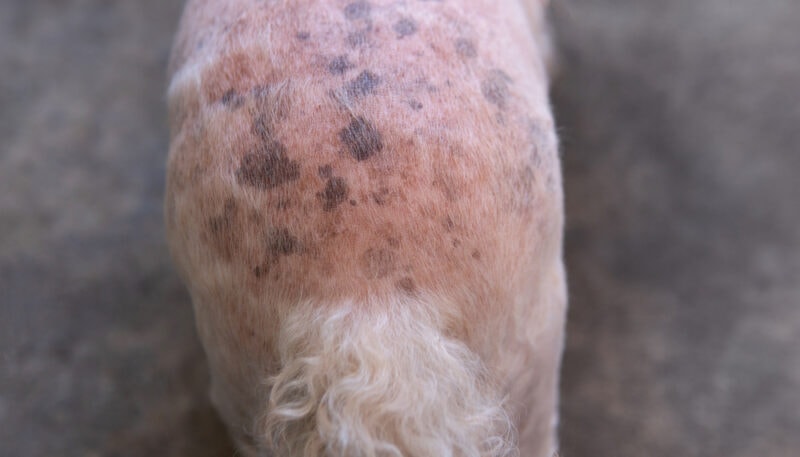
2. Stomach and Gastrointestinal Problems
The second most common problems that necessitate pet insurance claims are stomach problems, and while there are numerous types, some are more frequent than others. Often, it’s because your pet has eaten something they shouldn’t have, especially table scraps or toxic foods such as onions for dogs.
Serious gastrointestinal inflammation like pancreatitis can also be triggered by certain medications or eating too much fat. Other issues include worms and parasites and can be dealt with using deworming medications. Different viruses and bacteria also cause stomach problems.
Care for stomach problems may include letting the bowel movements run their course, but vet care is necessary if signs persist for more than 48 to 72 hours. Vets sometimes prescribe oral steroids such as prednisone for pets with long-term inflammatory bowel disease. For larger pets like cats and dogs, the average cost of medical care for gastrointestinal issues is between $500 and $1,500.
3. Ear Infections
Ear infections are a common part of pet insurance claims. Causes of these ailments include otitis media, otitis interna, and otitis externa, which, if left to persist, can cause deafness or neurological damage.
Inner ear infections may also affect your pet’s balance, which potentially messes up its ability to walk. Treatment can cost hundreds of dollars, while extreme conditions, even without complications, may set you back a few thousand dollars if your pet doesn’t have health insurance.
The average cost of treating pet ear infections includes $100 for acute otitis-externa and between $2,000 and $5,000 for chronic or complicated otitis.
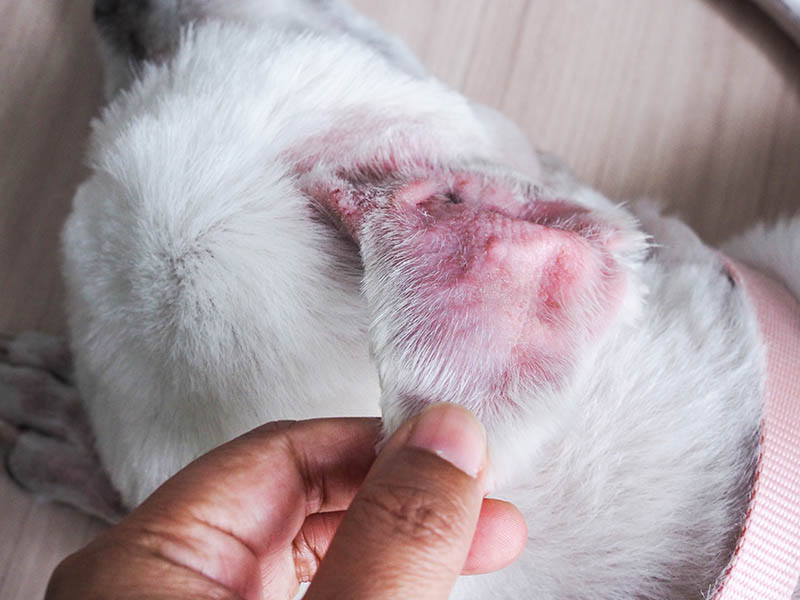
4. Seizures
It’s common for pets to have seizures, which can occur for various reasons, such as head injuries and heat stroke. Your pet can seize after ingesting toxic substances such as medications, insecticides, certain human foods, and plants, even if they have no previous tendencies.
Signs of seizures in susceptible pets can either be mild or extreme, and they’ll include slight body twitches, half-closed eyelids, immobility, excessive salivating, flailing, shakes, and loss of consciousness. You must contact your vet immediately if you suspect your pet is having a seizure, and they’ll prescribe anti-epileptic drugs such as phenobarbital or potassium bromide.
The average cost of treating mild to pattern seizures ranges from $200 to $5,000 in tests, procedures, and medications per year.
5. Urinary Tract Infections or UTIs
While dogs are more susceptible to seizures, cats often come down with UTIs, although all animals can become infected. That’s because felines don’t possess the same water-drinking habits and thirst mechanism as canines or humans, meaning they’re often dehydrated.
UTIs refer to bacterial infections that affect any part of the urinary or sexual reproductive systems of pets, and senior cats face a greater risk. It also occurs as a secondary ailment from hyperadrenocorticism or Cushing’s disease, chronic kidney disease, or diabetes mellitus.
UTIs are treated with antibiotics, but factors such as a pet’s age, species, and type of bacteria, along with how long the infection has prevailed or recurred, will affect the duration of treatment. The average cost of treating UTIs in pets falls between $625 for cats and $525 for canines.

6. Kidney Problems
While kidney issues can occur because of another medical condition or its complications, cats are more prone than other pets. Often, your pet will exhibit signs after a serious UTI bout, but canines can also suffer these problems if they’ve ingested toxins or are experiencing spinal damage.
In most cases, kidney problems are chronic, which means your pet will undergo treatment or management for life after diagnosis. Besides treating or managing such issues, you can localize damage by making dietary changes, but often other issues and complications will occur.
The total cost of kidney problems can be high; it can be thousands of dollars in the management and treatment of complications over your pet’s lifespan. Treatment plans for your pet may include medicine to encourage urination, balance blood electrolyte levels, fluid IV therapy, and reduce gastrointestinal issues or vomiting.
Additionally, your pet may undergo kidney dialysis and take medication to combat blood pressure or anemia.
7. Accidental Injuries
The typical temperaments of pets, especially young ones, make them susceptible to accidents that cause bite wounds, swallowed objects, and lacerations. These are the top incidents for which pet parents of puppies and kittens make insurance claims, along with back leg fractures in cats.
Pets tend to get into all manner of scuffles with other animals, including wildlife, when playing or spending time outdoors. Bite wounds and lacerations may need minimal medical intervention, but serious gashes will require stitches, antibiotics, and pain medication to prevent inflammation or infection.
You can treat some injuries, such as lacerations, with antibacterial ointments and dressings, but for serious bite wounds or swallowed objects, it’s recommended to seek professional advice. Bone fractures and breakages are common in cats and should be reported to your vet as soon as you see signs of limping, hobbling, and favoring one leg or paw.

8. Cancer
Some pets, and especially dogs, are more prone to cancer than others, and you must monitor your pet’s health and behavior or take them for regular screening. Breeds like Golden Retrievers are shown to have a 61% prevalence of dying from the disease, but early detection improves chances of survival.
The most common form of cancer in dog and cat pets is histiocytosis, which is a skin disease resulting from white blood cell over-proliferation in the bone marrow. Besides skin tumors, there are mammary gland or breast cancer, lymphomas, head and neck lumps, abdominal and testicular, along with bone cancers.
Tumors or neoplasia in pets can be malignant or benign, and at some stage, one in four dogs develops such cancers. Signs of pet cancer include difficulty eating and breathing, abdominal swelling, bleeding from body openings, discolored skin, lumps and bumps, and non-healing wounds.
Significance of Pet Insurance

Most pets are energetic critters that always get injured or infected by diseases as they mature and grow or when they’ve aged into seniors. There are also typical congenital or genetically inherited ailments that show up during your pet’s lifespan, along with emergencies that require expensive medical procedures.
Veterinary care has advanced over the last 10 years with human medical discoveries inspiring diagnostic testing and technological innovation. There are procedures that earlier were a pipe dream for pet parents but now increase the quality and span of life for all manner of animals.
These procedures include advanced allergy testing, chiropractic care, knee and joint replacements, and minimally invasive cancer surgeries. However, with these amazing advances is also a rise in vet and medical costs, which bears down on pet parents as heavier financial burdens.
If you're concerned about potential healthcare costs for your new pet, you may want to look into pet health insurance. Companies like Spot offer balanced, customized plans to suit any breed.
Thanks to pet insurance, owners can comfortably manage the cost of medical care and maintain the health of their charges. Insurance claims data from highly reputable coverage providers shows the type of incidents for which pet parents make the most claims.
Final Word
Pets get to use their insurance policy for different ailments, but the most common claims are for stomach issues and skin diseases. Ear infections, kidney problems, and UTIs also make up a significant number of policy claimants, especially for cat and dog owners.
Pet insurance helps pay for part or the entire price of treating the various diseases, injuries, complications, and congenital disorders covered. It helps save on the unexpected cost of vet visits, especially for emergencies and common health issues where coverage is flexible.
Featured Image Credit: Robert Kneschke, Shutterstock



